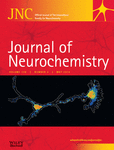Journal list menu
Export Citations
Download PDFs
Issue Cover
Issue Cover (May 2014)
- First Published: 23 April 2014

Front cover: A heat-map illustration of the alpha 7 nicotinic receptor and Gprin1 protein cosignal in the cell body and axon of a growing hippocampal neuron. J. Neurochem. 2014, vol. 129 (4), pp. 649–662.
Read the full article on doi: 10.1111/jnc.12641
Issue Information
IN THIS ISSUE
REVIEW
Cholesterol as a causative factor in Alzheimer's disease: a debatable hypothesis
- Pages: 559-572
- First Published: 12 December 2013
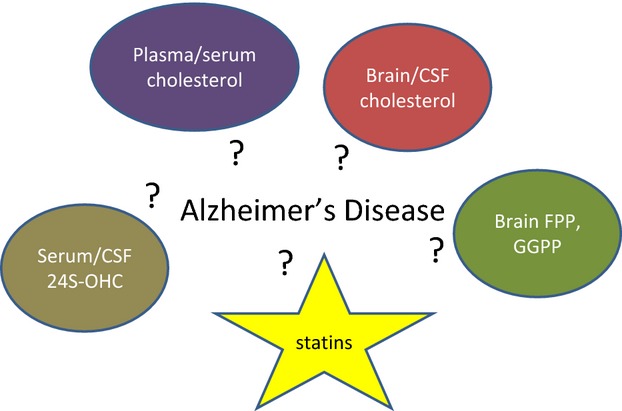
High serum/plasma cholesterol levels have been suggested as a risk factor for Alzheimer's disease (AD). This Review addresses the Pro's and Con's of whether cholesterol is a causative factor in AD, covering articles ranging from human to cell culture studies, both in vitro and in vivo. Among others, we review models of how abeta could act on a membrane and of how abeta might be perturbing cholesterol in a cell.
ORIGINAL ARTICLES
Signal Transduction & Synaptic Transmission
Evidence that BDNF regulates heart rate by a mechanism involving increased brainstem parasympathetic neuron excitability
- Pages: 573-580
- First Published: 29 January 2014
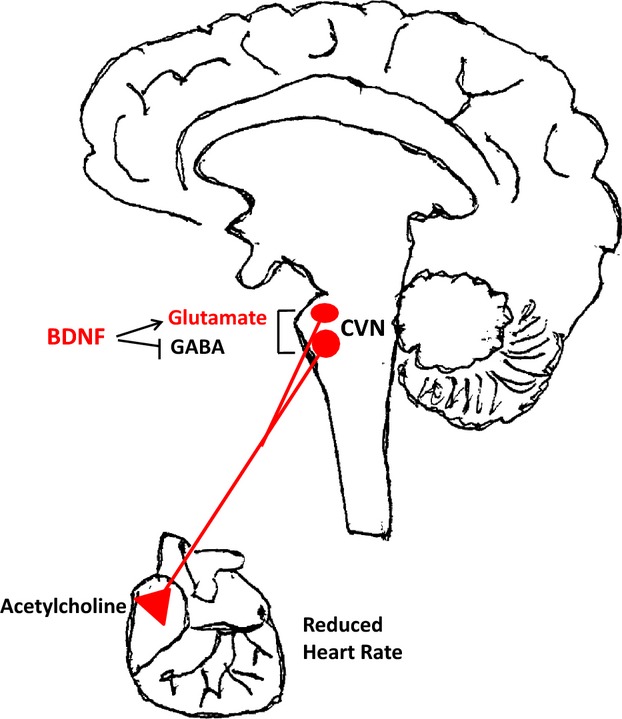
Mice with reduced BDNF levels exhibit elevated heart rate, and infusion of BDNF into the brain normalizes heart rate by a mechanism involving increased brainstem cardioinhibitory parasympathetic activity. Recordings from pre-motor cholinergic cardioinhibitory vagal neurons (CVNs) in the nucleus ambiguus indicate that BDNF increases CVN activity by increasing excitatory glutamatergic and decreasing inhibitory GABAergic neurotransmission to these neurons. Perhaps factors that increase parasympathetic tone (e.g., exercise) reduce resting heart rate, in part, by a BDNF-mediated mechanism.
GluN2D-containing NMDA receptors inhibit neurotransmission in the mouse striatum through a cholinergic mechanism: implication for Parkinson's disease
- Pages: 581-590
- First Published: 29 January 2014
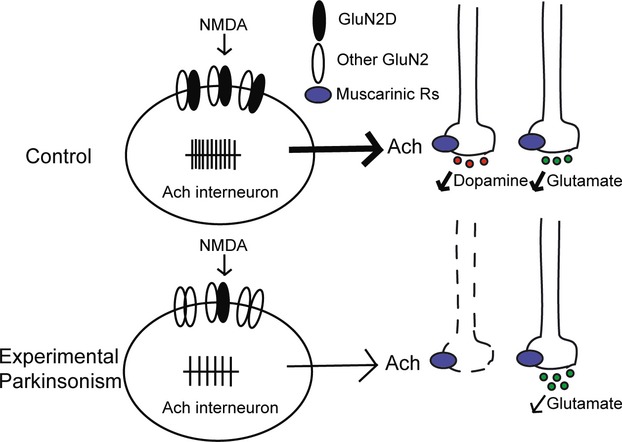
We have examined the role of NMDA receptors composed of the GluN2D subunit in the mouse striatum. These receptors inhibit the release of dopamine and of glutamate through a mechanism that involves activation of cholinergic interneurons. This inhibitory role is impaired in the dopamine-depleted striatum. This study identifies GluN2D as a potential target for therapeutic intervention in Parkinson's disease.
Predominant role of plasma membrane monoamine transporters in monoamine transport in 1321N1, a human astrocytoma-derived cell line
- Pages: 591-601
- First Published: 28 January 2014
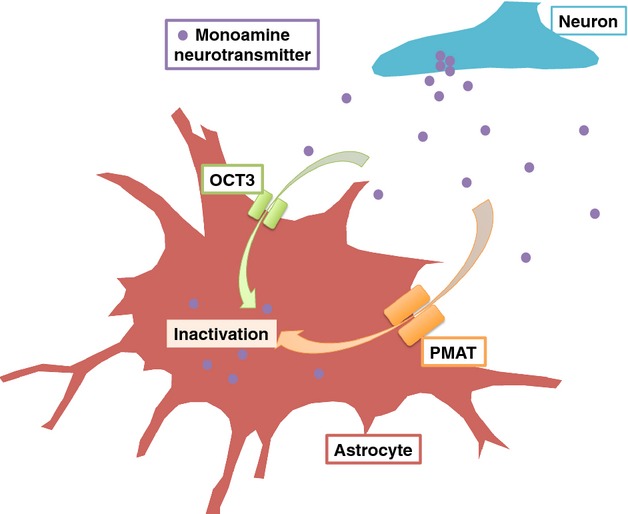
Monoamine neurotransmitters should be immediately removed from the synaptic cleft to avoid excessive neuronal activity. Recent studies have shown that astrocytes and neurons are involved in monoamine removal. We aimed to elucidate the transporters responsible for monoamine transport by astrocytes in 1321N1, a human astrocytoma-derived cell line. Kinetics analysis suggested the involvement of low-affinity monoamine transporters, e.g., organic cation transporter (OCT) 2 and 3 and plasma membrane monoamine transporter (PMAT). Our results indicate that PMAT and OCT3 in human astrocytes are involved in monoamine clearance.
Alanine-(87)-threonine polymorphism impairs signaling and internalization of the human P2Y11 receptor, when co-expressed with the P2Y1 receptor
- Pages: 602-613
- First Published: 29 January 2014
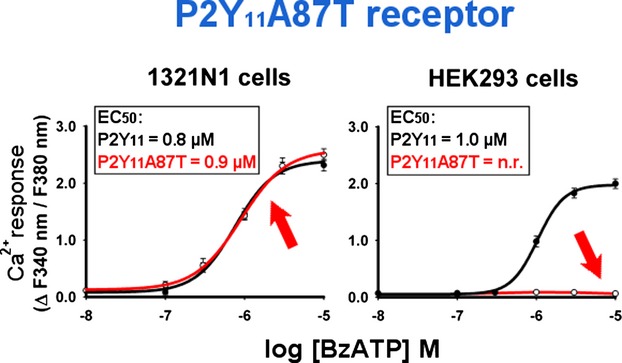
The human P2Y11 nucleotide receptor plays key role in immune-responses in brain and other tissues. We provide evidence for significant functional disturbance of the P2Y11 receptor carrying the Alanine-87-Threonine mutation caused by natural polymorphism. This receptor defect is apparent only when co-expressed with P2Y1 receptors. We found reductions in ligand-induced calcium and cAMP responses and in nucleotide-induced receptor internalization / resensitization. Thus, prolonged nucleotide treatments are the basis for the molecular defects of the mutant receptor in diseases.
A novel role of suppressor of cytokine signaling-2 in the regulation of TrkA neurotrophin receptor biology
- Pages: 614-627
- First Published: 31 January 2014
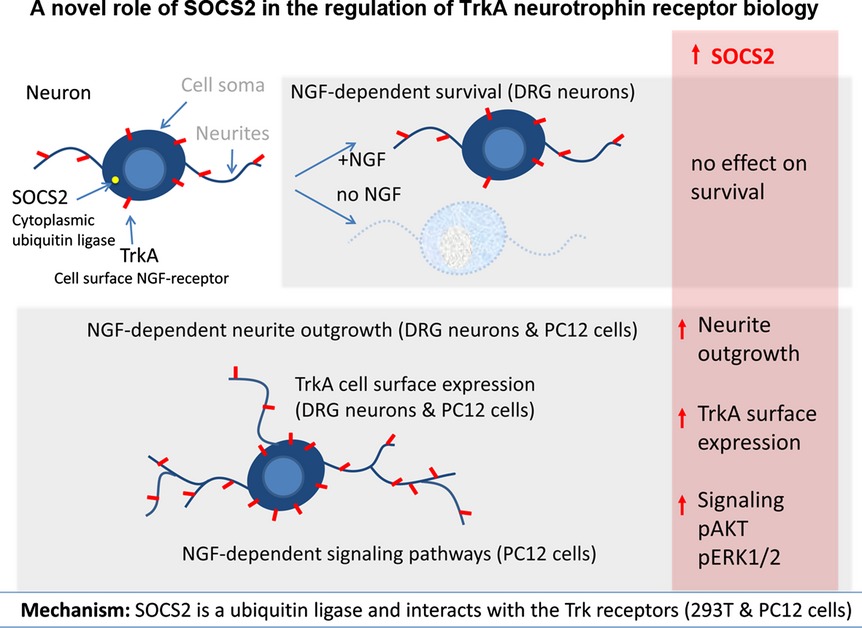
Neurotrophins such as Nerve growth factor (NGF) are important for the neurite outgrowth and survival of sensory neurons. Increased expression of SOCS2 enhanced NGF-dependent neurite outgrowth and increased TrkA receptor surface localization in dorsal root ganglion neurons and PC12 cells. This correlated with increased and prolonged activation of pAKT and pErk1/2. In 293T cells SOCS2 was shown to interact with the TrkA receptor in the juxtamembrane region. We thus propose that SOCS2 is a novel regulator of neurotrophin signaling.
Urotensin II promotes vagal-mediated bradycardia by activating cardiac-projecting parasympathetic neurons of nucleus ambiguus
- Pages: 628-636
- First Published: 12 February 2014
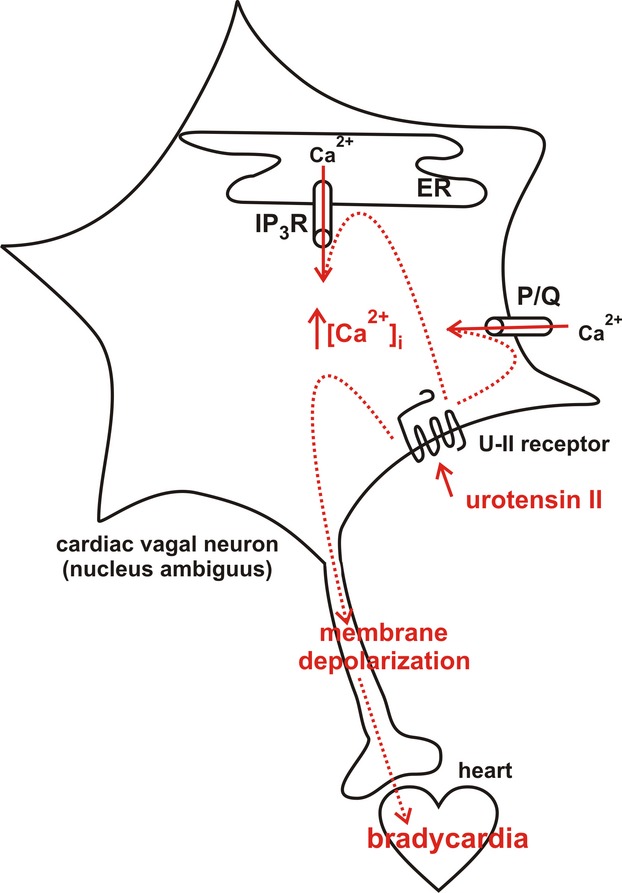
Our study characterizes the effects of urotensin II (U-II) on cardiac-projecting nucleus ambiguus neurons. U-II depolarizes these neurons, promotes Ca2+ entry via P/Q-type Ca2+ channels and Ca2+ release from the endoplasmic reticulum via inositol 1,4,5-trisphosphate receptors. U-II microinjection into the nucleus ambiguus elicits bradycardia in conscious rats. Thus, U-II increases cardiac vagal tone, potentially promoting cardioprotection, as previously reported.
Brain Development & Cell Differentiation
Prenatal exposure to the CB1 and CB2 cannabinoid receptor agonist WIN 55,212-2 alters migration of early-born glutamatergic neurons and GABAergic interneurons in the rat cerebral cortex
- Pages: 637-648
- First Published: 12 December 2013

During corticogenesis, the endocannabinoid system plays an important role in neural progenitor proliferation, specification, neuronal migration, and differentiation. Children prenatally exposed to marijuana have a significant impairment of higher cognitive functions. We showed in the present study that Prenatal WIN55,212-2 exposure alters radial and tangential migration and induces a delay in glutamatergic neurons differentiation in the embryonic rat cerebral cortex. The present results contribute to the knowledge on neurobiological substrates that determine neurobehavioral changes that will persist through post-natal life.
Axon targeting of the alpha 7 nicotinic receptor in developing hippocampal neurons by Gprin1 regulates growth
- Pages: 649-662
- First Published: 18 December 2013
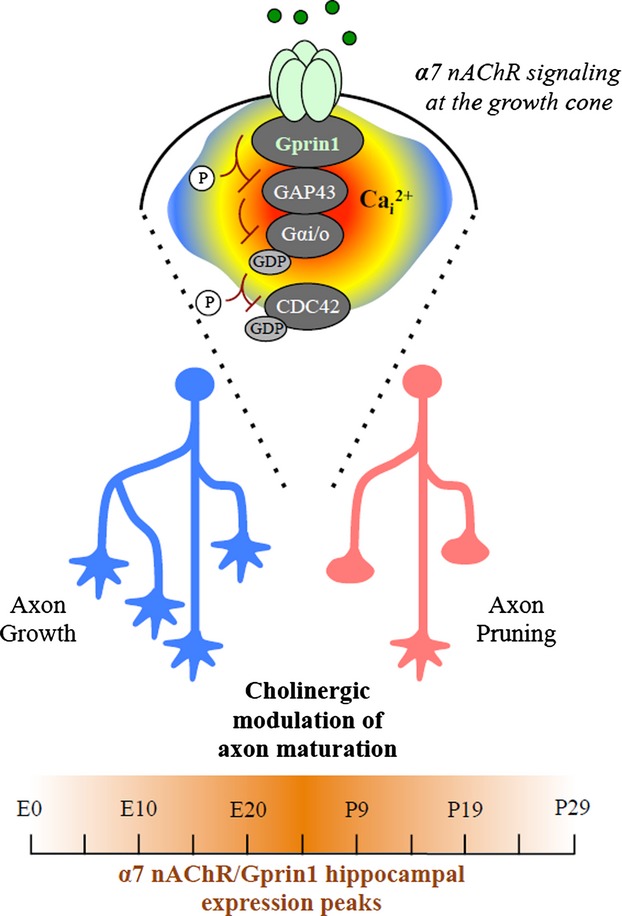
Stages in the development of CA3 neurons illustrate how the α7 nicotinic receptor (nAChR) can contribute to axon growth. Protein expression of α7 and G protein-regulated inducer of neurite outgrowth 1 (Gprin1) peaks between E18 and P10 in rodents. This time period is characterized by significant changes in synaptic structure and circuit development in the hippocampus. α7-mediated elevations in intracellular calcium within the growth cone (GC) are proposed to serve as ‘stop’ signal for axon growth, thereby possibly contributing to synaptic pruning. Interaction with Gprin1 ensures localization of α7 at the GC, and mediates coupling to a Gαo, GAP-43, and CDC42 signaling pathway.
Cover Image for this issue: doi: 10.1111/jnc.12558.
Bioenergetics & Metabolism
The oxidized form of vitamin C, dehydroascorbic acid, regulates neuronal energy metabolism
- Pages: 663-671
- First Published: 25 January 2014
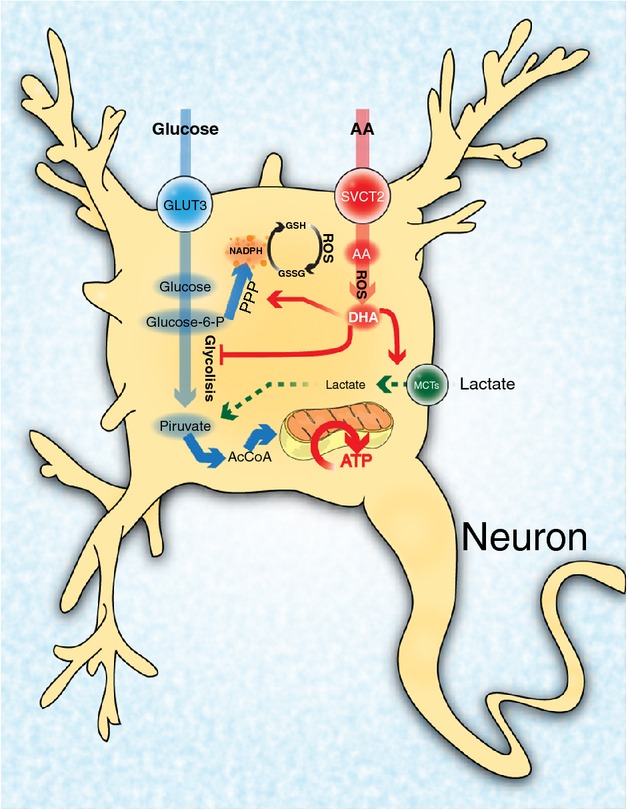
We proposed that the ascorbic acid (AA) taken up by neurons is rapidly oxidized to dehydroascorbic acid (DHA), which inhibits glycolysis and activates the pentose phosphate pathway (PPP), consequently producing NADPH, a critical antioxidant in the recycling of oxidized glutathione (GSSG). In these metabolic conditions, neurons increase lactate uptake, probably using it as an energy source. This data supported the idea that DHA could play a critical role in the modulation of energy metabolism in neurons.
MRS glucose mapping and PET joining forces: re-evaluation of the lumped constant in the rat brain under isoflurane anaesthesia
- Pages: 672-682
- First Published: 29 January 2014
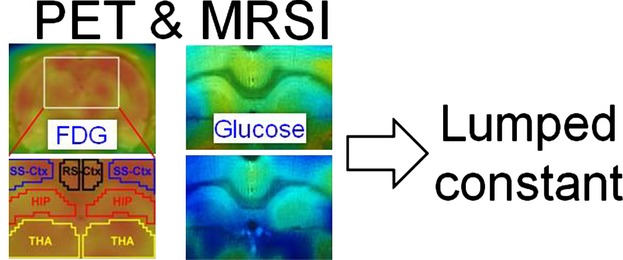
The lumped constant (LC) is a correction factor employed to estimate the glucose metabolic rate (CMRglc) from the metabolic rate of a radioactive glucose analog such as 18F-fluorodeoxyglucose (FDG). By combining FDG positron emission tomography (PET) with magnetic resonance spectroscopic imaging (MRSI) of glucose dynamics, we determined the FDG LC in the rat brain under isoflurane anaesthesia.
Neuroinflammation & Neuroimmunology
Inhibition of interleukin-1β production by extracellular acidification through the TDAG8/cAMP pathway in mouse microglia
- Pages: 683-695
- First Published: 22 January 2014
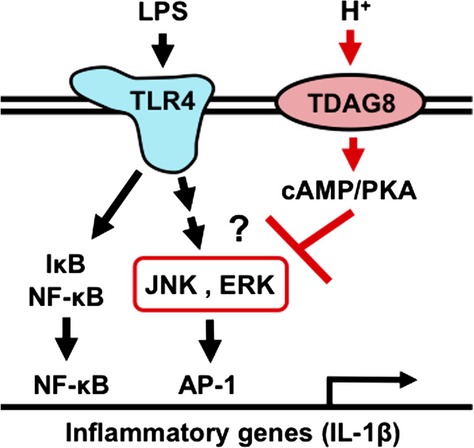
A number of studies have shown that extracellular acidification in brain is observed in ischemia and neurodegenerative disorders. However, the molecular mechanism by which extracellular acidification regulates the biological activities of microglia remains uncharacterized. Here, we examined the extracellular acidic pH regulation of IL-1β production, especially focusing on TDAG8, a member of OGR1 family receptors. Our results suggest that extracellular acidic pH inhibited lipopolysaccharide -induced IL-1β production at least partly through the TDAG8/cAMP pathway, by inhibiting ERK and JNK activities.
Effects of peptide fraction and counter ion on the development of clinical signs in experimental autoimmune encephalomyelitis
- Pages: 696-703
- First Published: 28 January 2014

The most commonly used immunogen to induce experimental autoimmune encephalomyelitis (EAE) is MOG35-55, a 21-residue peptide derived from myelin oligodendrocyte glycoprotein. Subtle variations in MOG immunization protocols can influence the type of disease, the average day of onset, disease severity, and overall incidence. We hypothesized that variance in peptide fraction and counter ion may contribute to those differences. Surprisingly, immunization with a MOG preparation of high (72%) peptide fraction resulted in lower average EAE clinical scores and later disease onset than immunization with a preparation having only 45% peptide fraction. Replacement of trifluoroacetate (TFA), the counter ion used for MOG peptide purification, with acetate delayed disease onset. These results show that knowledge of peptide fraction and the counter ion present are as critical as peptide purity, particularly when using peptides from different sources. The image shows TFA molecules (not to scale) hypothetically binding to the positively charged residues of MOG.
Critical role for the AIM2 inflammasome during acute CNS bacterial infection
- Pages: 704-711
- First Published: 31 January 2014
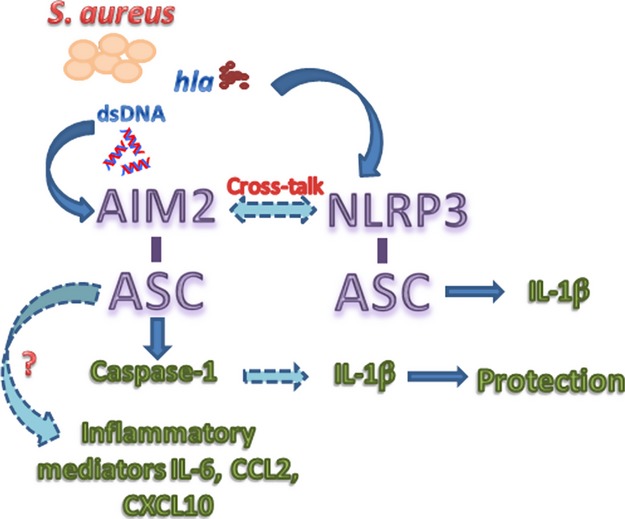
The AIM2 inflammasome is protective during acute CNS bacterial infection. A disconnect in phenotypes between the inflammasome sensor Nod-like receptor protein 3 (NLRP3) and its adaptor ASC (apoptosis-associated speck-like protein containing a caspase-1 recruitment domain) during acute CNS Staphylococcus aureus (S. aureus) infection led to the discovery of absent in melanoma 2 (AIM2) as a critical inflammasome sensor. The AIM2 inflammasome is potentially triggered by dsDNA in cells harboring intracellular S. aureus, leading to ASC and caspase 1 recruitment, resulting in pro-IL-1β processing and cytokine secretion. This cascade, in turn, is protective to the host during acute infection. The NLRP3 inflammasome is also activated in response to S. aureus challenge by α-hemolysin (hla); however, it is not critical for host survival. ASC also regulates the production of other inflammatory mediators, presumably via indirect effects mediated by IL-1β action.
Characterization of a novel acetamidobenzoxazolone-based PET ligand for translocator protein (18 kDa) imaging of neuroinflammation in the brain
- Pages: 712-720
- First Published: 31 January 2014

We developed 2-[5-(4-[11C]methoxyphenyl)-2-oxo-1,3-benzoxazol-3(2H)-yl]-N-methyl-N-phenylacetamide ([11C]MBMP) as a novel positron emission tomography ligand for imaging of translocator protein (18 kDa, TSPO) in the brain. [11C]MBMP exhibited high in vitro and in vivo specific binding with TSPO in the ischemic rat brain.
Neuronal Plasticity & Behavior
Chronic sazetidine-A maintains anxiolytic effects and slower weight gain following chronic nicotine without maintaining increased density of nicotinic receptors in rodent brain
- Pages: 721-731
- First Published: 14 January 2014
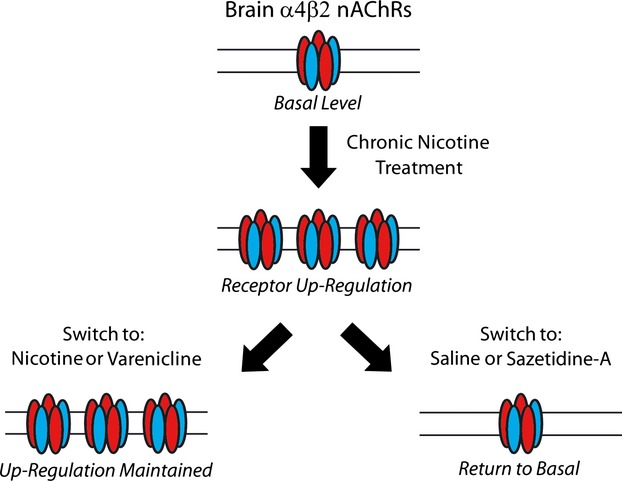
Chronic treatment with nicotine increases brain α4β2 nicotinic receptors, which may be related to nicotine addiction. When nicotine is replaced by varenicline, this receptor increase is maintained; in contrast, when nicotine is replaced by sazetidine-A the receptors return to baseline levels. The doses of drugs used here are anxiolytic and slow gain of body weight compared to saline controls.
Impaired geranylgeranyltransferase-I regulation reduces membrane-associated Rho protein levels in aged mouse brain
- Pages: 732-742
- First Published: 15 January 2014

Rho-GTPases are geranylgeranylated by transferase GGTase-I. Their prenylation is essential for their localization in membranes, the site of their activation and function. Despite elevated GGPP levels in brains of aged (23 months) mice compared to younger (3 months) mice as well as in GGTI-2133-treated SH-SY5Y cells, the amount of total (homogenate) Rho-GTPases (Rac1, RhoA, and Cdc42) was unchanged. Treatment with the GGTaseI-inhibitor GGTI-2133 decreased prenylation of Rho-GTPases in membrane preparations of aged mice and SH-SY5Y, correlating with the reduction of relative GGTase activity, GGTaseIß protein, and mRNA levels. As Rac1, RhoA, and Cdc42 are associated with synaptogenesis, we examined the synaptic marker proteins GAP43 and synaptophysin. GAP43 and synaptophysin declined in an age-related manner in the mouse brain and were also reduced in our in vitro model. Faulty regulation of Rho proteins in aged brain is associated with a specific deficit in GGTase-Iβ, which could contribute to age-related deficits in neuronal outgrowth.
Phosphorylation of the transcription factor Sp4 is reduced by NMDA receptor signaling
- Pages: 743-752
- First Published: 29 January 2014
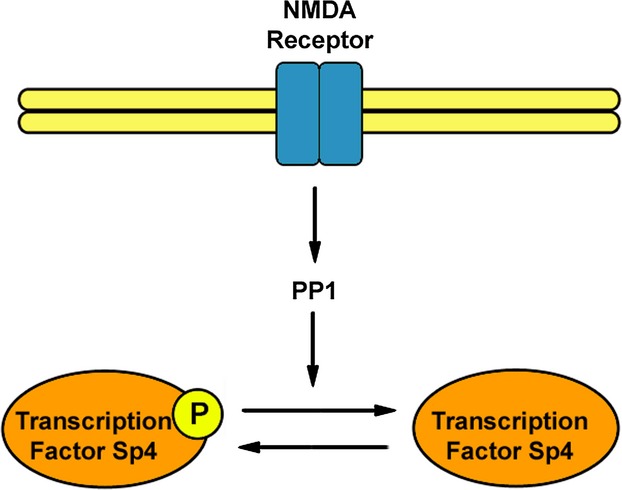
We show that the neuronal transcription factor Sp4, which regulates the developmental patterning of dendrites, is dephosphorylated at S770 in response to NMDA receptor signaling in cerebellar granule neurons and cortical neurons. Dephosphorylation required the activity of the PP1/PP2A phosphatase. A point mutation at S770 to a phosphomimetic aspartic acid residue impaired Sp4-dependent pruning of cerebellar granule neuron primary dendrites.




